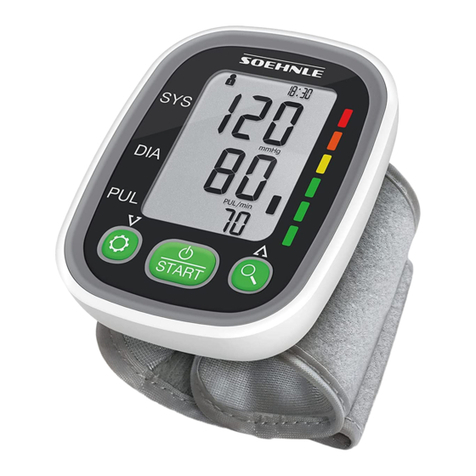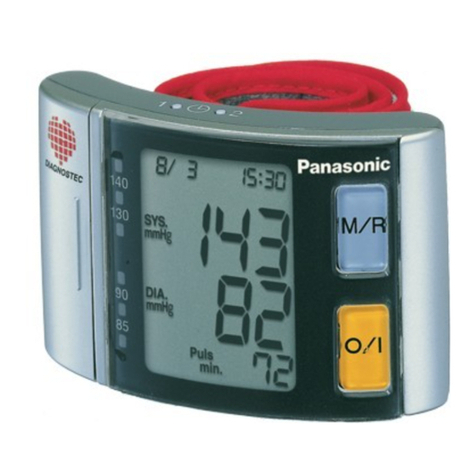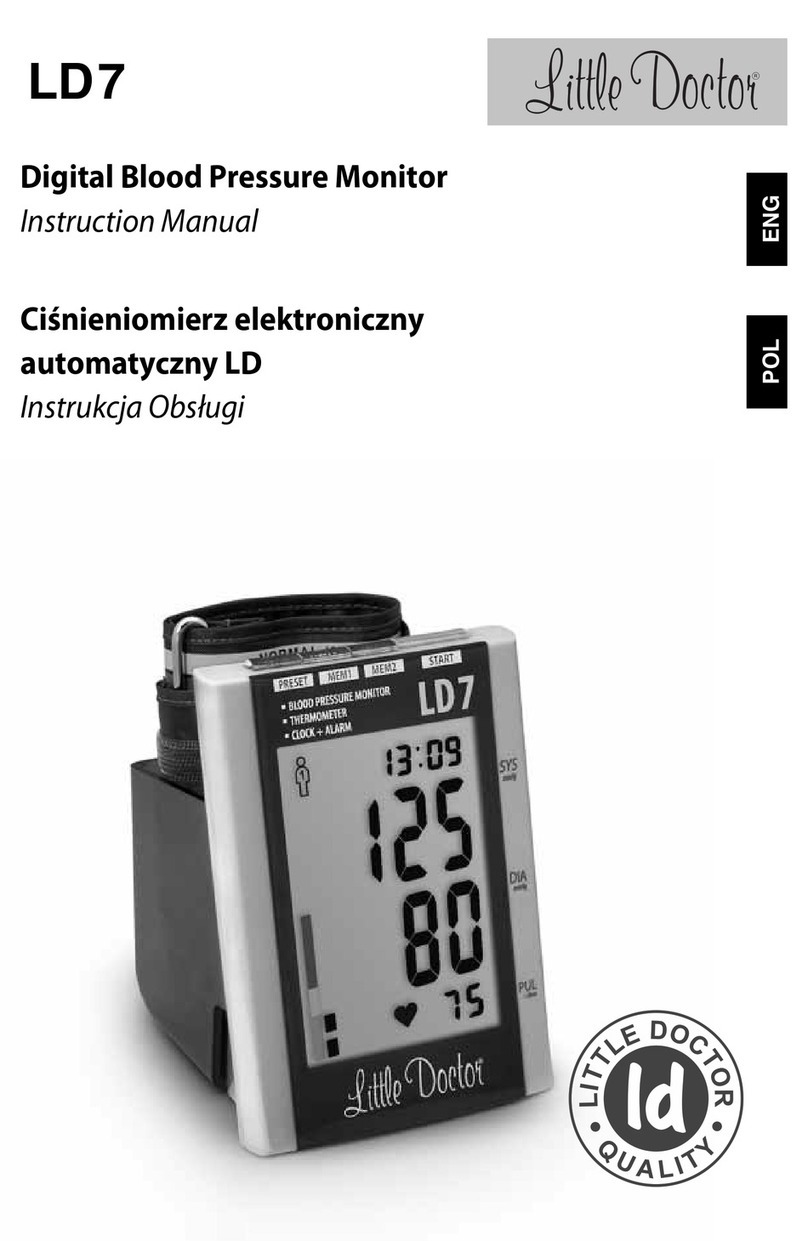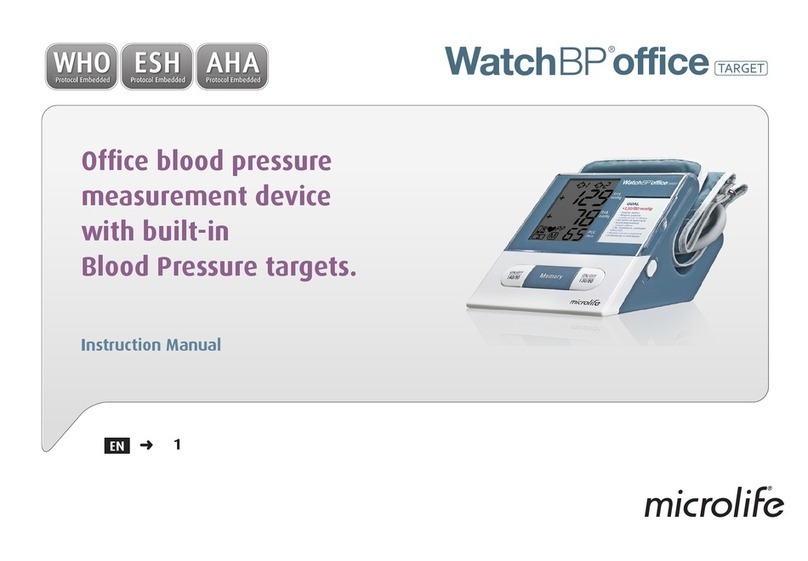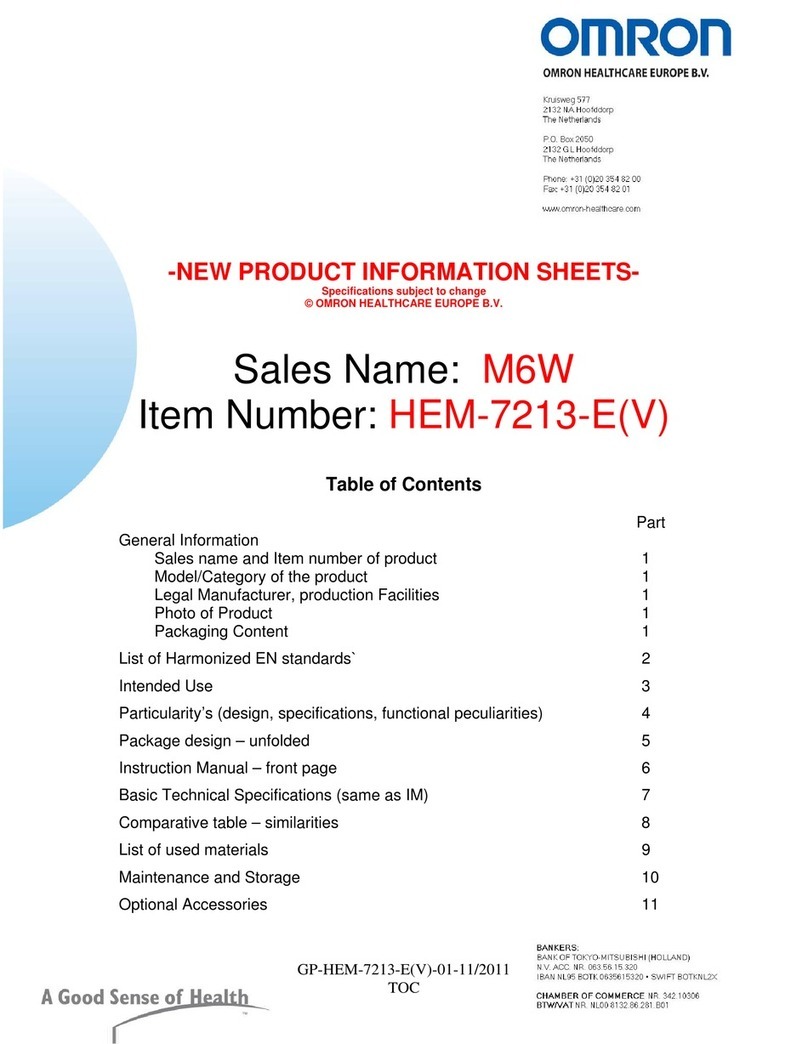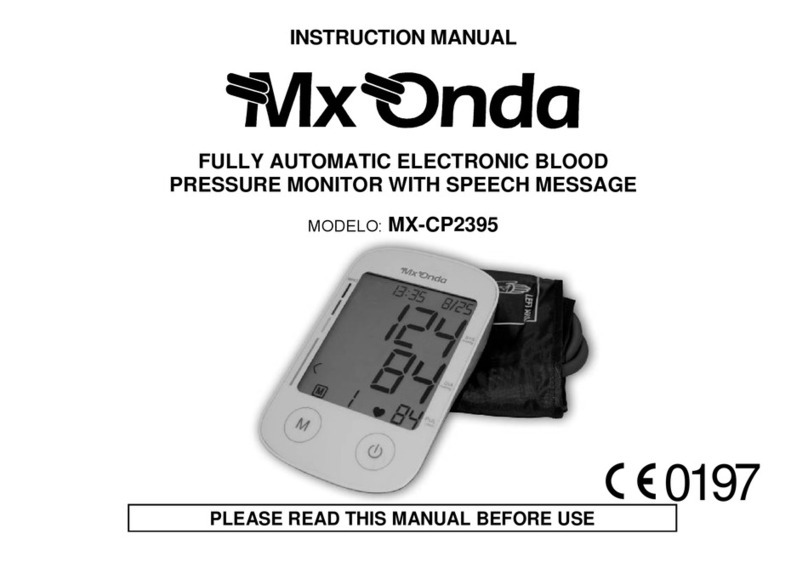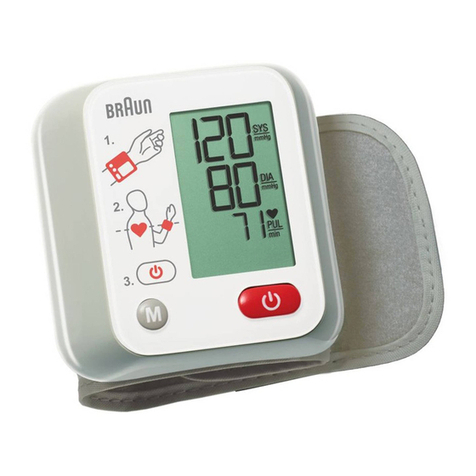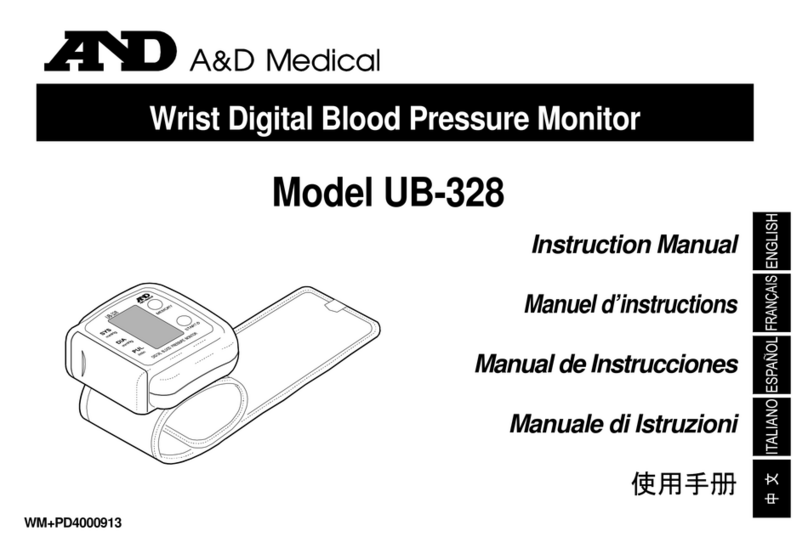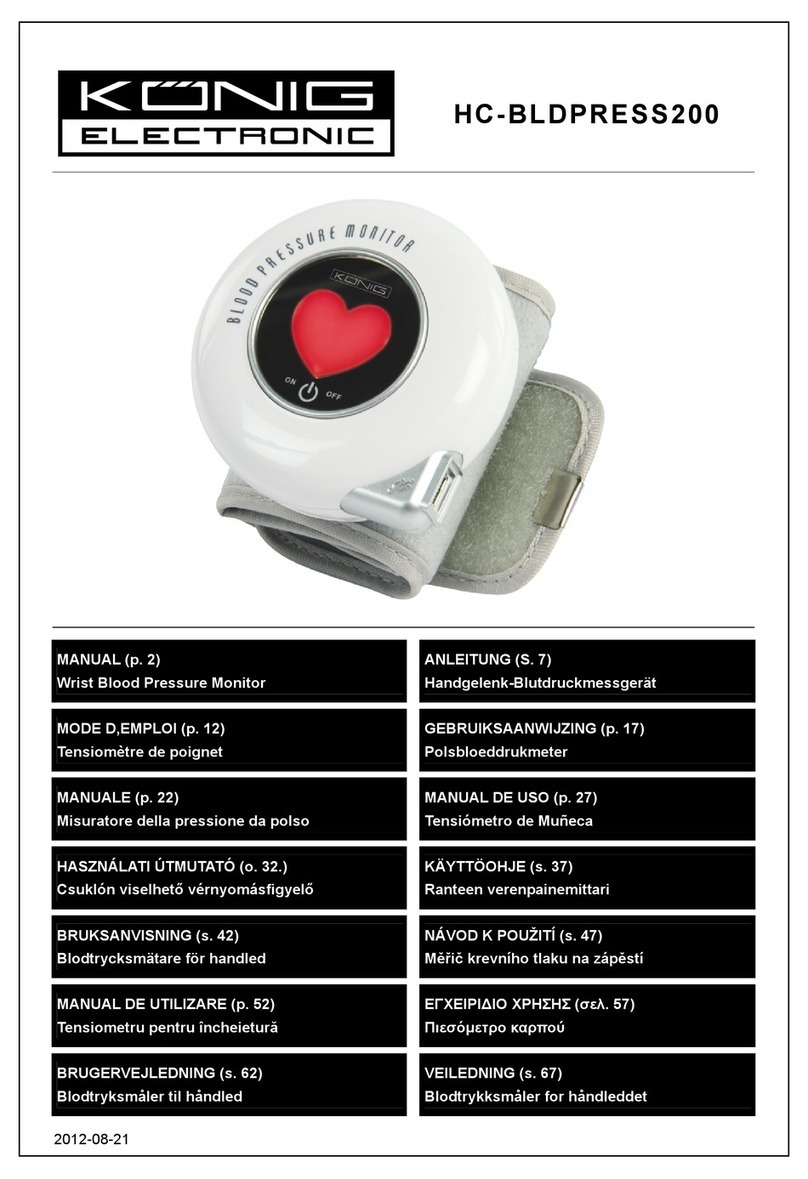
Table of Contents
v
Section 5: Troubleshooting
........................................................................ 5-1
5.1 Introduction................................................................................... 5-1
5.2 How to Use this Section ............................................................... 5-1
5.3 Who Should Perform Repairs....................................................... 5-1
5.4 Replacement Level Supported..................................................... 5-1
5.5 Obtaining Replacement Parts ...................................................... 5-1
5.6 Troubleshooting Guide................................................................. 5-2
5.6.1 AC Power........................................................................ 5-3
5.6.2 Error Codes..................................................................... 5-4
5.6.2.1 User-Correctable Error Codes ........................................ 5-4
5.6.2.2 Failure Error Codes......................................................... 5-5
5.6.3 Buttons ............................................................................ 5-7
5.6.4 Display/Alarms ................................................................ 5-7
5.6.5 Operational Performance................................................ 5-8
5.6.6 Stacked Configuration..................................................... 5-8
Section 6: Disassembly Guide
................................................................... 6-1
6.1 Introduction................................................................................... 6-1
6.2 Fuse Replacement ....................................................................... 6-1
6.3 Monitor Disassembly .................................................................... 6-2
6.3.1 Replacing the Piezo Speaker.......................................... 6-3
6.3.2 Replacing the Monitor Speaker....................................... 6-4
6.3.3 Replacing the Hose Fitting.............................................. 6-5
6.3.4 Removing the UIF Board................................................. 6-5
6.3.5 Removing the Pump Module........................................... 6-7
6.4 Lithium Battery Replacement ....................................................... 6-8
6.5 Reassembly.................................................................................. 6-8
Section 7: Spare Parts
................................................................................ 7-1
7.1 Introduction................................................................................... 7-1
Section 8: Packing for Shipment
............................................................... 8-1
8.1 General Instructions ..................................................................... 8-1
8.2 Repacking in Original Carton ....................................................... 8-2
8.3 Repacking in a Different Carton ................................................... 8-3
Section 9: Specifications
............................................................................ 9-1
9.1 General......................................................................................... 9-1
9.2 Electrical....................................................................................... 9-1
9.3 Physical Characteristics ............................................................... 9-1
9.4 Environmental .............................................................................. 9-1
9.5 Alarms .......................................................................................... 9-2
9.6 Factory Defaults ........................................................................... 9-2
9.7 Performance................................................................................. 9-3
Appendix
...................................................................................................... A-1
A1 Integrity Test................................................................................. A-1
A2 Error Types................................................................................... A-2
A3 User-Correctable Error Codes...................................................... A-3
A4 Failure Error Codes...................................................................... A-4
A5 Internally Corrected Error Codes.................................................. A-4


